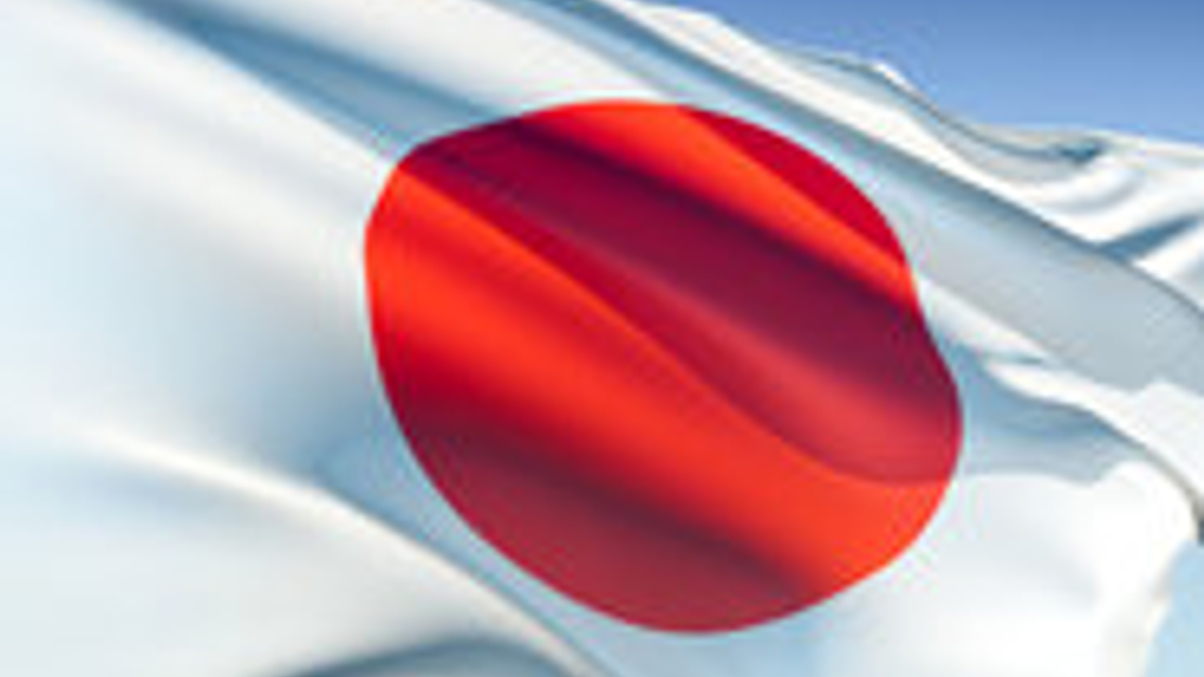GPIF in-sources majority of assets
Japan’s Government Pension Investment Fund is managing the majority of its assets internally, with some fund managers losing ground and others increasing the value of their mandates.

For the first time in its history, Japan’s ¥113.6 trillion ($1.4 trillion) Government Pension Investment Fund is managing the majority of its assets via internal teams.
Sign in to read on!
Registered users get 2 free articles in 30 days.
Subscribers have full unlimited access to AsianInvestor
Not signed up? New users get 2 free articles per month, plus a 7-day unlimited free trial.
¬ Haymarket Media Limited. All rights reserved.


